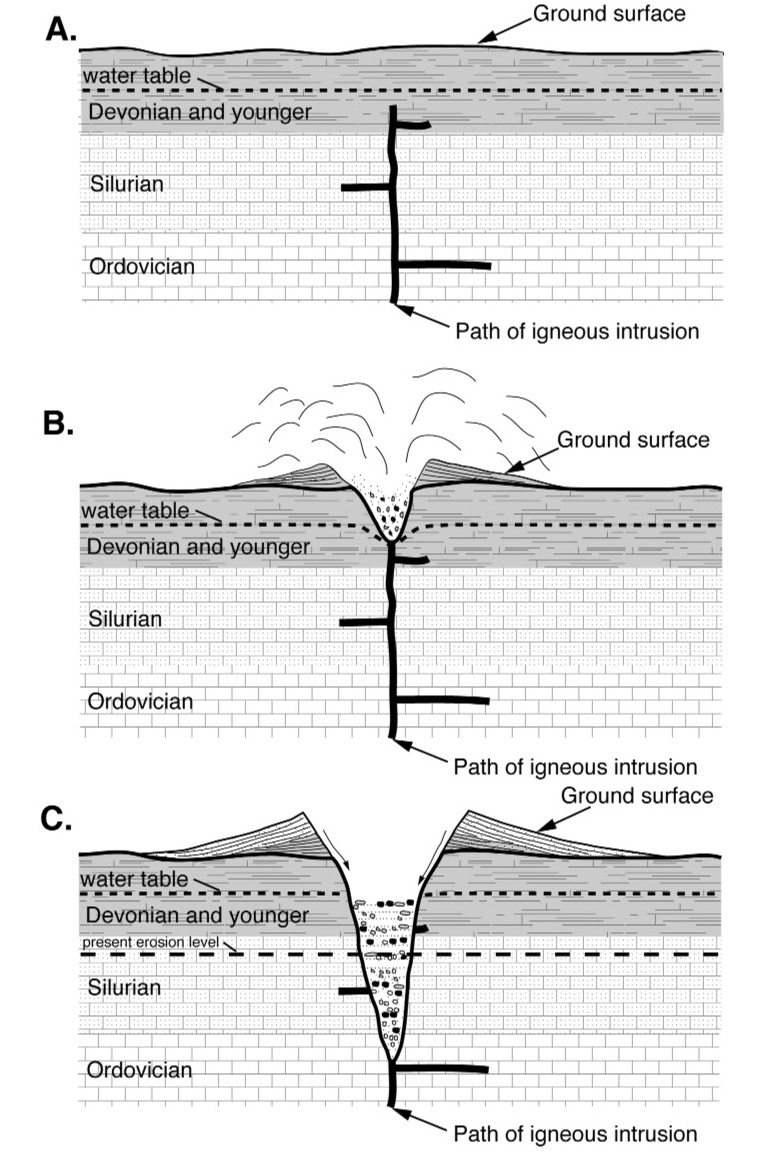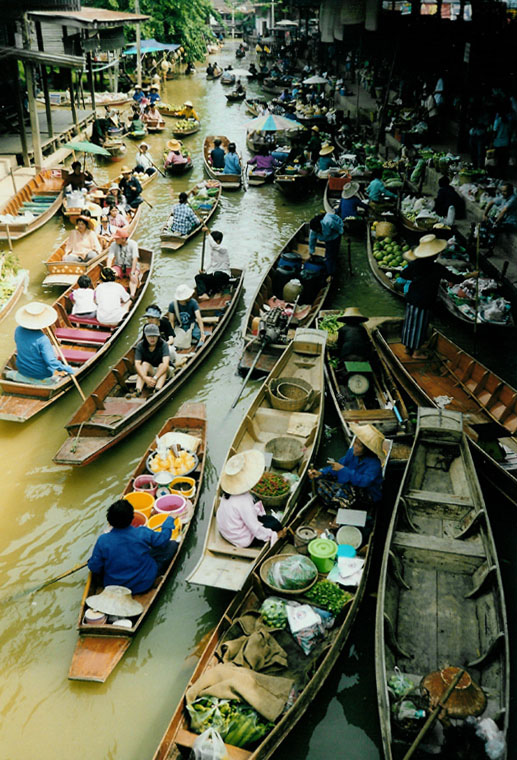|
Resurrection Creek
Resurrection Creek is a waterway in the Kenai Peninsula, Alaska, US. Along with Bear Creek, Sixmile Creek, and Glacier Creek, it is a tributary of Turnagain Arm. The stream's watershed drains on the north side of the Kenai Peninsula, and the community of Hope, Alaska is located at the creek's mouth. The Hope Highway passes alongside Resurrection Creek. Geography Resurrection Creek, the earliest gold producer of the region, flows through a broad valley floored with a thick deposit of gravels, in which, throughout the greater part of its length, the waters have cut a deep, canyon-like channel. The portion from which gold has been taken, lying between Sixmile Point and Hope, has an average grade of per mile, the grade of the lower being about per mile. The valley gravels are roughly stratified and have been penetrated in one place to a depth of below the stream level without reaching solid rock. They consist largely of slates and arkoses from the neighboring hills, but contain ... [...More Info...] [...Related Items...] OR: [Wikipedia] [Google] [Baidu] |
Palmer Creek (Turnagain Arm)
Palmer Creek is a waterway in the Kenai Peninsula, Alaska, US. It is an affluent of Resurrection Creek, itself a tributary of Turnagain Arm. Geography Palmer Creek flows northwest for before reaching Resurrection Creek. Hope is located to the north. Its upper portion flows for through a broad, round-bottomed valley, while its lower part occupies a steep, narrow canyon rut through rock in some places and through gravel benches in others. Mining has been carried on chiefly in the lower of the stream and has been confined entirely to the channel gravels. The country rock includes interbedded slates and arkoses, whose cleavage strikes a little east of north and dips at a high angle. The arkoses are frequently very much jointed and in weathering do not break into small pieces as easily as do the slates, a fact readily seen on examining tho stream wash. The gravels resemble the country rock in their composition, and were undoubtedly derived from it in large part, although there are ... [...More Info...] [...Related Items...] OR: [Wikipedia] [Google] [Baidu] |
Rivers Of The Kenai Peninsula
A river is a natural flowing watercourse, usually freshwater, flowing towards an ocean, sea, lake or another river. In some cases, a river flows into the ground and becomes dry at the end of its course without reaching another body of water. Small rivers can be referred to using names such as creek, brook, rivulet, and rill. There are no official definitions for the generic term river as applied to geographic features, although in some countries or communities a stream is defined by its size. Many names for small rivers are specific to geographic location; examples are "run" in some parts of the United States, "burn" in Scotland and northeast England, and "beck" in northern England. Sometimes a river is defined as being larger than a creek, but not always: the language is vague. Rivers are part of the water cycle. Water generally collects in a river from precipitation through a drainage basin from surface runoff and other sources such as groundwater recharge, springs ... [...More Info...] [...Related Items...] OR: [Wikipedia] [Google] [Baidu] |
Anchorage, Alaska
Anchorage () is the largest city in the U.S. state of Alaska by population. With a population of 291,247 in 2020, it contains nearly 40% of the state's population. The Anchorage metropolitan area, which includes Anchorage and the neighboring Matanuska-Susitna Borough, had a population of 398,328 in 2020, accounting for more than half the state's population. At of land area, the city is the fourth-largest by area in the United States and larger than the smallest state, Rhode Island, which has . Anchorage is in Southcentral Alaska, at the terminus of the Cook Inlet, on a peninsula formed by the Knik Arm to the north and the Turnagain Arm to the south. In September 1975, the City of Anchorage merged with the Greater Anchorage Area Borough, creating the Municipality of Anchorage. The municipal city limits span , encompassing the urban core, a joint military base, several outlying communities, and almost all of Chugach State Park. Because of this, less than 10% of the Municipalit ... [...More Info...] [...Related Items...] OR: [Wikipedia] [Google] [Baidu] |
Tyonek, Alaska
Tyonek or Present / New Tyonek ( Dena'ina: ''Qaggeyshlat'' - ″little place between toes") is a census-designated place (CDP) in Kenai Peninsula Borough in the U.S. state of Alaska. As of the 2020 census the population was 152, down from 171 in 2010. In 1973, the community formed the Tyonek Native Corporation (TNC) under the Alaska Native Claims Settlement Act and is federally recognized. History A Dena'ina Alaska Native village at Tyonek was noted by the explorer James Cook in 1778. The Lebedev-Lastochkin Company, a Russian fur trade venture, maintained a small trapping station on the site of Tyonek.Solojova, Katerina and Aleksandra Vovnyanko. ''The Rise and Decline of the Lebedev-Lastochkin Company: Russian Colonization of South Central Alaska, 1787-1798.'' The Pacific Northwest Quarterly 90, No. 4 (1999), pp. 191-205. A detachment of the Vancouver Expedition under Joseph Whidbey visited the trading post in May 1794. Whidbey found that the LLC maintained "one large house, a ... [...More Info...] [...Related Items...] OR: [Wikipedia] [Google] [Baidu] |
Gold Rush
A gold rush or gold fever is a discovery of gold—sometimes accompanied by other precious metals and rare-earth minerals—that brings an onrush of miners seeking their fortune. Major gold rushes took place in the 19th century in Australia, New Zealand, Brazil, Chile, South Africa, the United States, and Canada while smaller gold rushes took place elsewhere. In the 19th century, the wealth that resulted was distributed widely because of reduced migration costs and low barriers to entry. While gold mining itself proved unprofitable for most diggers and mine owners, some people made large fortunes, and merchants and transportation facilities made large profits. The resulting increase in the world's gold supply stimulated global trade and investment. Historians have written extensively about the mass migration, trade, colonization, and environmental history associated with gold rushes. Gold rushes were typically marked by a general buoyant feeling of a "free-for-all" in income mob ... [...More Info...] [...Related Items...] OR: [Wikipedia] [Google] [Baidu] |
Native Copper
Native copper is an uncombined form of copper that occurs as a natural mineral. Copper is one of the few metallic elements to occur in native form, although it most commonly occurs in oxidized states and mixed with other elements. Native copper was an important ore of copper in historic times and was used by pre-historic peoples. Native copper occurs rarely as isometric cubic and octahedral crystals, but more typically as irregular masses and fracture fillings. It has a reddish, orangish, and/or brownish color on fresh surfaces, but typically is weathered and coated with a green tarnish of copper(II) carbonate (also known as patina or verdigris). Its specific gravity is 8.9 and its hardness is 2.5–3. The mines of the Keweenaw native copper deposits of Upper Michigan were major copper producers in the 19th and early 20th centuries, and are the largest deposits of native copper in the world. (Web archive; click cancel when it asks for authentication.) Native Americans mined ... [...More Info...] [...Related Items...] OR: [Wikipedia] [Google] [Baidu] |
Country Rock (geology)
In geology, country rock is the rock native to an area, in contrast to any intrusion of viscous geologic material, commonly magma, or perhaps rock salt (in salt domes) or unconsolidated sediments. Magma is typically less dense than the rock it intrudes, widening and filling existing cracks, sometimes melting the already-existing country rock. The term "country rock" is similar to, and in many cases interchangeable with, the terms basement and wall rocks. Country rock can denote the widespread lithology of a region in relation to the rock which is being discussed or observed. Geologic settings Settings in geology when the term ''country rock'' is used include: Igneous intrusions When describing a pluton or dike, the igneous rock can be described as intruding the surrounding ''country rock'', the rock into which the pluton has intruded.Newfoundland and LabradorGlossary of Geological Terms Accessed June 2018. When country rock is intruded by a dike, perpendicular to ... [...More Info...] [...Related Items...] OR: [Wikipedia] [Google] [Baidu] |
HOPE HISTORIC DISTRICT
Hope is an optimistic state of mind that is based on an expectation of positive outcomes with respect to events and circumstances in one's life or the world at large. As a verb, its definitions include: "expect with confidence" and "to cherish a desire with anticipation." Among its opposites are dejection, hopelessness, and despair. In psychology Professor of Psychology Barbara Fredrickson argues that hope comes into its own when crisis looms, opening us to new creative possibilities. Frederickson argues that with great need comes an unusually wide range of ideas, as well as such positive emotions as happiness and joy, courage, and empowerment, drawn from four different areas of one's self: from a cognitive, psychological, social, or physical perspective. Hopeful people are "like the little engine that could, ecausethey keep telling themselves "I think I can, I think I can". Such positive thinking bears fruit when based on a realistic sense of optimism, not on a naive "fa ... [...More Info...] [...Related Items...] OR: [Wikipedia] [Google] [Baidu] |
Waterway
A waterway is any navigable body of water. Broad distinctions are useful to avoid ambiguity, and disambiguation will be of varying importance depending on the nuance of the equivalent word in other languages. A first distinction is necessary between maritime shipping routes and waterways used by inland water craft. Maritime shipping routes cross oceans and seas, and some lakes, where navigability is assumed, and no engineering is required, except to provide the draft for deep-sea shipping to approach seaports (channels), or to provide a short cut across an isthmus; this is the function of ship canals. Dredged channels in the sea are not usually described as waterways. There is an exception to this initial distinction, essentially for legal purposes, see under international waters. Where seaports are located inland, they are approached through a waterway that could be termed "inland" but in practice is generally referred to as a "maritime waterway" (examples Seine Maritime, Loir ... [...More Info...] [...Related Items...] OR: [Wikipedia] [Google] [Baidu] |
Hope Highway
The Hope Highway, also known as the Hope Road Turnoff, is a Forest Highway located in the Kenai Peninsula Borough, in the U.S. state of Alaska. The highway connects the city of Hope to the Seward Highway, and travels through of the Chugach National Forest. The road passes the ghost town of Sunrise City and several smaller settlements, remnants of the gold rush that occurred in that area. The highway was created circa 1928 and was designated as Forest Highway 14 by the Federal Highway Administration. Route description The Hope Highway begins at an intersection with the Seward Highway ( AK-1), inside Chugach National Forest. The highway proceeds north, traveling through several miles of pine forest, in a valley in the Kenai Mountain range. The highway passes alongside the Resurrection Creek, which was the source for the settlement of this area. The road proceeds through the abandoned settlement of Sunrise City, which was an old mining town. The roadway proceeds to the Turnagain ... [...More Info...] [...Related Items...] OR: [Wikipedia] [Google] [Baidu] |
Hope, Alaska
Hope is a census-designated place (CDP) in Kenai Peninsula Borough in the U.S. state of Alaska. It is eighty-seven miles south from Anchorage. As of the 2010 census the population was 192, up from 137 in 2000. Geography Hope is located at (60.920280, -149.64028) (Sec. 33, T010N, R002W, Seward Meridian). Hope is located in the Seward Recording District. Hope lies on the northern end of Kenai Peninsula, on the south shore of the Turnagain Arm of Cook Inlet. The community lies at the end of the Hope Highway, northwest of the Seward Highway, near the mouth of Resurrection Creek. Winter temperatures range from ; summer temperatures vary from . Average annual precipitation is . According to the United States Census Bureau, the CDP has a total area of , of which , or 0.13%, are water. The CDP includes the settlement of Hope in the valley of Resurrection Creek and extends east and west to the ridgecrests that define the valley. To the south it extends up Resurrection Creek to Palmer ... [...More Info...] [...Related Items...] OR: [Wikipedia] [Google] [Baidu] |








